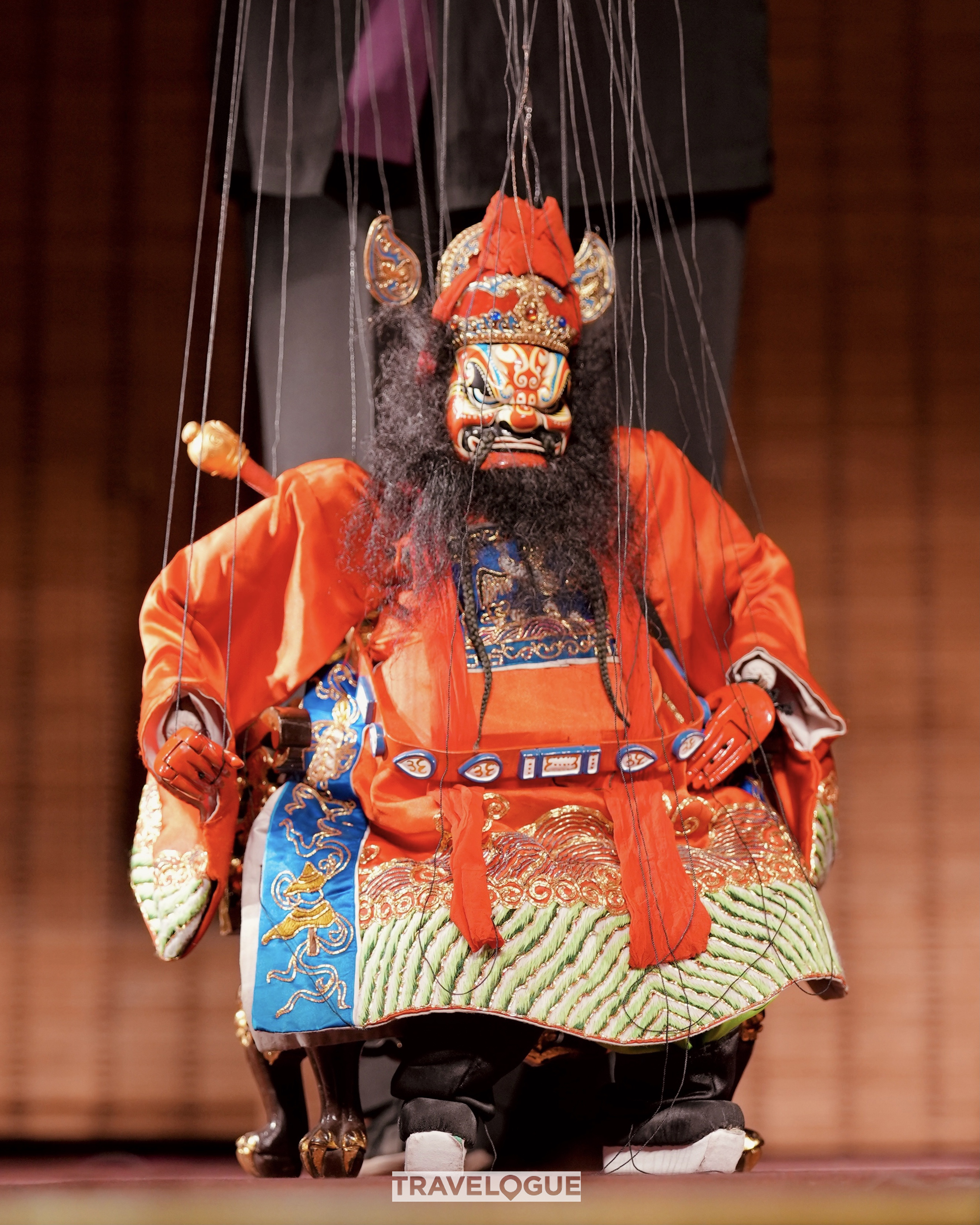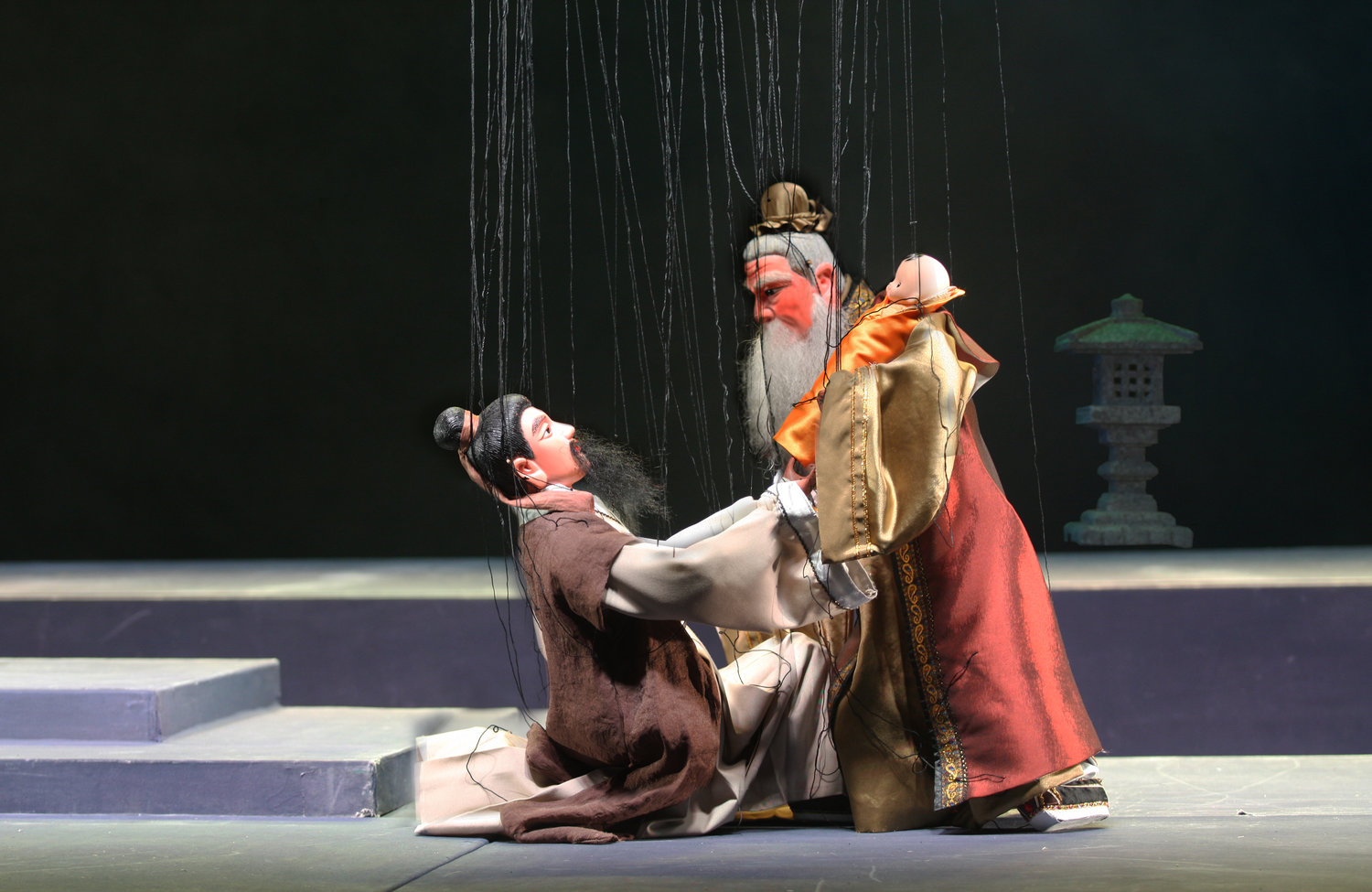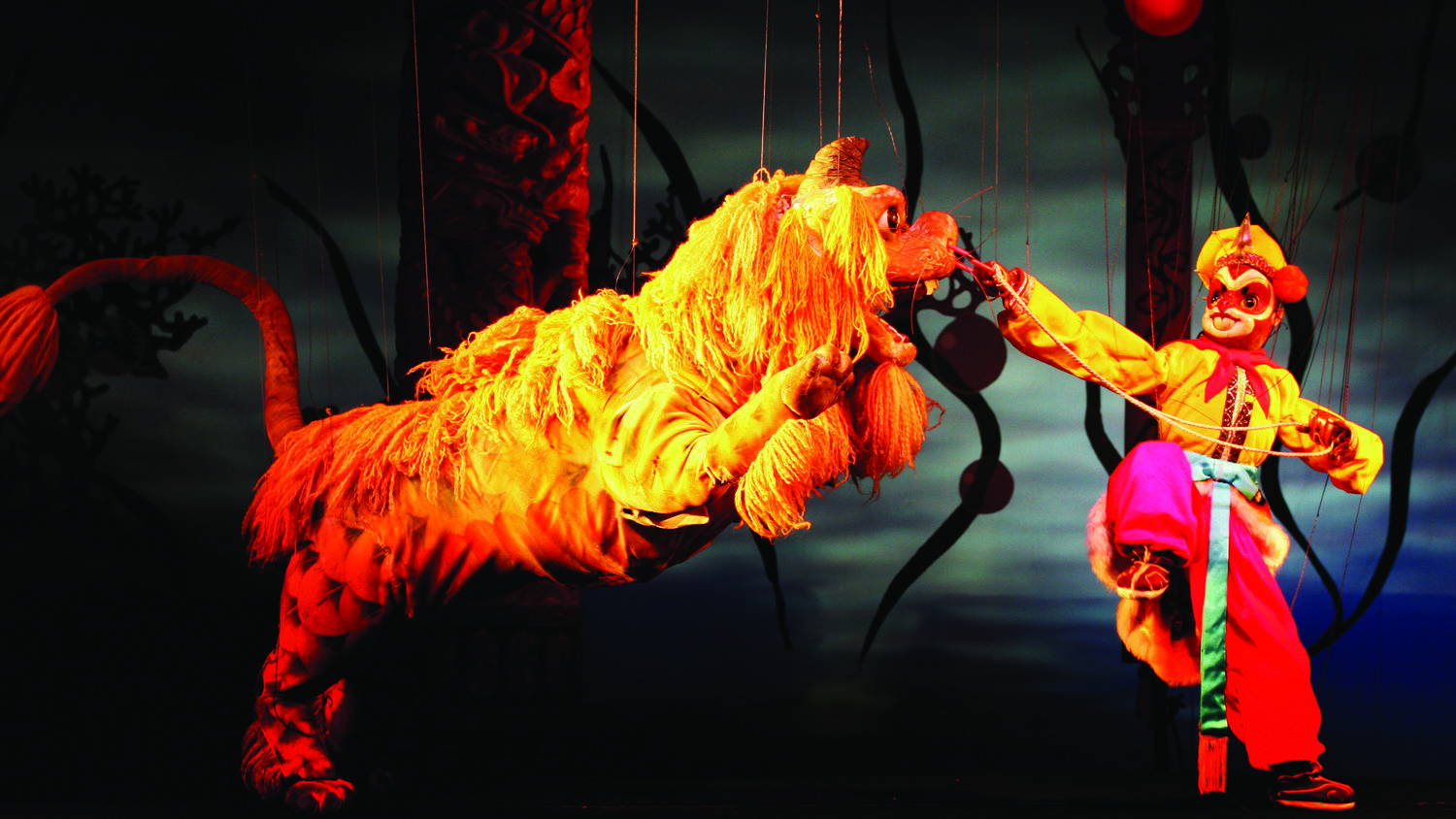Discovering Quanzhou’s Puppet Theater and Cultural Heritage
Imagine stepping into a world where ancient strings and intricately carved puppets bring legends to life, offering a window into the rich tapestry of China’s cultural past. Here at jusha.travel, we’re passionate about uncovering the hidden gems of China, and Quanzhou’s puppet theater is a prime example of Quanzhou cultural landmarks that blend history, artistry, and tradition. As you explore Quanzhou Puppet Theater, you’ll dive into China puppet culture, one of the most enchanting cultural attractions in Quanzhou. Whether you’re a traveler seeking authentic experiences or a culture enthusiast eager to learn, this guide will show you why Quanzhou should be on your Quanzhou travel guide itinerary, highlighting its connection to broader China cultural tours. Join us as we unravel the stories behind this timeless art form and inspire your next adventure.

The Ancient Origins of Quanzhou Puppet Theater
Quanzhou, nestled in Fujian’s vibrant coastal region, is home to one of China’s most captivating folk arts: Quanzhou Puppet Theater. This tradition, dating back over 2,000 years to the Han Dynasty (202–220 B.C.) and influenced by earlier Qin Dynasty practices, was originally a spiritual medium for communication between humans and gods. As noted in sources like China Daily HK’s article on masters of puppets, these early performances were deeply infused with religious significance, often used in rituals to honor deities and ancestors.
Over the centuries, Quanzhou Puppet Theater evolved through various dynasties, from the Jin to the Qing, adapting to cultural shifts and spreading to overseas Chinese communities. This makes it a cornerstone of China puppet culture, reflecting the resilience of Fujian’s heritage. For travelers on a China cultural tour, visiting Quanzhou offers a chance to connect with these ancient roots, where puppetry served as both entertainment and education. Imagine witnessing a performance where every string pull echoes stories from imperial history, making it an essential stop in any Quanzhou travel guide.
This art form isn’t just about the past; it’s a living link to Quanzhou cultural landmarks like the Quanzhou Maritime Museum, which often ties puppetry to the city’s role as a historic trade hub. If you’re planning a trip, consider timing your visit with local festivals, where these origins come alive. Fun fact: Quanzhou’s puppetry has influenced similar traditions across Asia, showcasing China’s cultural exchange long before modern globalization.

Artistic Features and Traditions of Quanzhou Puppetry
Delving deeper into Quanzhou Puppet Theater, the artistry is nothing short of mesmerizing. There are two main branches—marionette (string puppetry) and glove puppetry—with marionette being the most iconic in Quanzhou. As detailed in Fujian government’s page on national intangible cultural heritage, these puppets feature exquisite craftsmanship, from hand-carved heads that capture lifelike expressions to bodies designed for fluid movement. Puppeteers master complex “traditional basic thread rules,” requiring years of training to manipulate strings with precision, turning simple wood and fabric into storytelling magic.
Music plays a starring role, with the unique *kuile diao* melodies—over 700 traditional plays and 300 melodic patterns—creating an immersive experience. This aspect of China puppet culture highlights how sound and visuals intertwine, much like in Beijing opera, but with a distinctly Fujian twist. For culture enthusiasts, attending a performance is like stepping into a living museum, where cultural attractions in Quanzhou come alive through colorful costumes and dramatic narratives drawn from folklore and history.
Practical tip: If you’re visiting Quanzhou, join a workshop to try your hand at puppet manipulation—it’s a hands-on way to appreciate the skill involved. This ties into broader China cultural tours, where interactive experiences enhance your understanding of local customs. Don’t miss pairing your visit with Fujian’s renowned seafood, like fresh oysters, for a full sensory adventure. As a Quanzhou travel guide essential, these traditions remind us of China’s innovative spirit, blending ancient techniques with everyday life.

Cultural Significance and Community Role
Quanzhou Puppet Theater isn’t just an art form—it’s the heartbeat of community life, deeply woven into celebrations like weddings, birthdays, and religious festivals. According to Fujian government’s news on Quanzhou’s puppetry, it serves as a repository for folk customs, dramatizing legends and historical events to preserve oral history. This makes it a vital part of Quanzhou cultural landmarks, educating both locals and visitors about the region’s identity.
In modern times, the Quanzhou International Puppet Festival draws global troupes, positioning the city as a hub for China puppet culture. It’s an opportunity for cultural exchange, where travelers on China cultural tours can see performances that blend tradition with international influences. Interesting fact: Puppetry has historically acted as an “city card” for Quanzhou, symbolizing its maritime heritage and even inspiring educational programs in schools.
For practical insights, when exploring cultural attractions in Quanzhou, combine puppet shows with nearby sites like the Kaiyuan Temple, offering a fuller picture of the area’s Buddhist roots and fusion of cultures. Food lovers will appreciate how puppetry events often feature local snacks, such as Quanzhou’s famous oyster omelets, tying into China’s diverse culinary scene. As part of your Quanzhou travel guide, this section emphasizes respectful engagement—remember to applaud traditions that have sustained communities for millennia.

Preservation Efforts and Modern Experiences
Today, Quanzhou Puppet Theater faces challenges like talent shortages and shrinking audiences, but preservation efforts are keeping it alive. As outlined in a study on the role of Quanzhou Puppet Theater in China, innovations post-1949 have expanded themes to include contemporary stories, ensuring relevance in a digital age. It’s recognized as a National Intangible Cultural Heritage, with master puppeteers showcasing works at events like the Beijing Olympics.
For travelers, experiencing this means visiting the Quanzhou Puppetry Theater or festivals, where you can see both classic and modern performances. This aligns with Quanzhou travel guide recommendations, offering hands-on workshops and museum exhibits that delve into the symbolism of puppets. In the spirit of China cultural tours, pair this with exploring Quanzhou’s tech scene, like its role in Fujian’s digital economy, to see how tradition meets innovation.
A key insight: Sustainable tourism can support these efforts—buying from local artisans helps preserve China puppet culture. If you’re a foodie, try Quanzhou’s street eats, such as gongfu tea, during your visit to cultural attractions in Quanzhou. This blend of old and new makes Quanzhou a must-visit for inspired travelers.
As we wrap up our journey through Quanzhou Puppet Theater and its cultural heritage, remember that these traditions offer a profound glimpse into Quanzhou cultural landmarks and the broader tapestry of China puppet culture. From ancient origins to modern adaptations, this art form enriches any Quanzhou travel guide or China cultural tour, fostering a deeper appreciation for China’s enduring spirit. Here at jusha.travel, we love sharing tips to make your China journey unforgettable, so whether you’re planning your next trip or reflecting on past adventures, we hope this has inspired you.
What are your thoughts on Quanzhou’s puppet theater? Share your experiences in the comments below, visit jusha.travel for more insider guides on China’s hidden gems, or explore related articles like our piece on Fujian’s culinary delights. Let’s keep the conversation going and plan your cultural exploration today!

